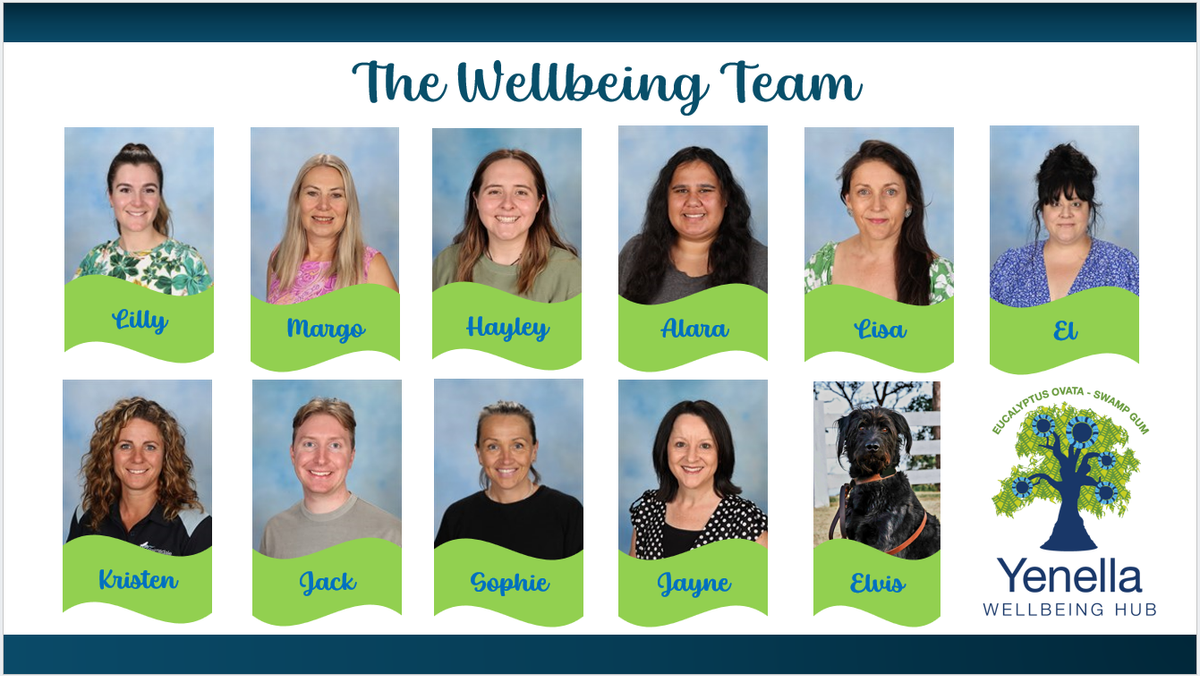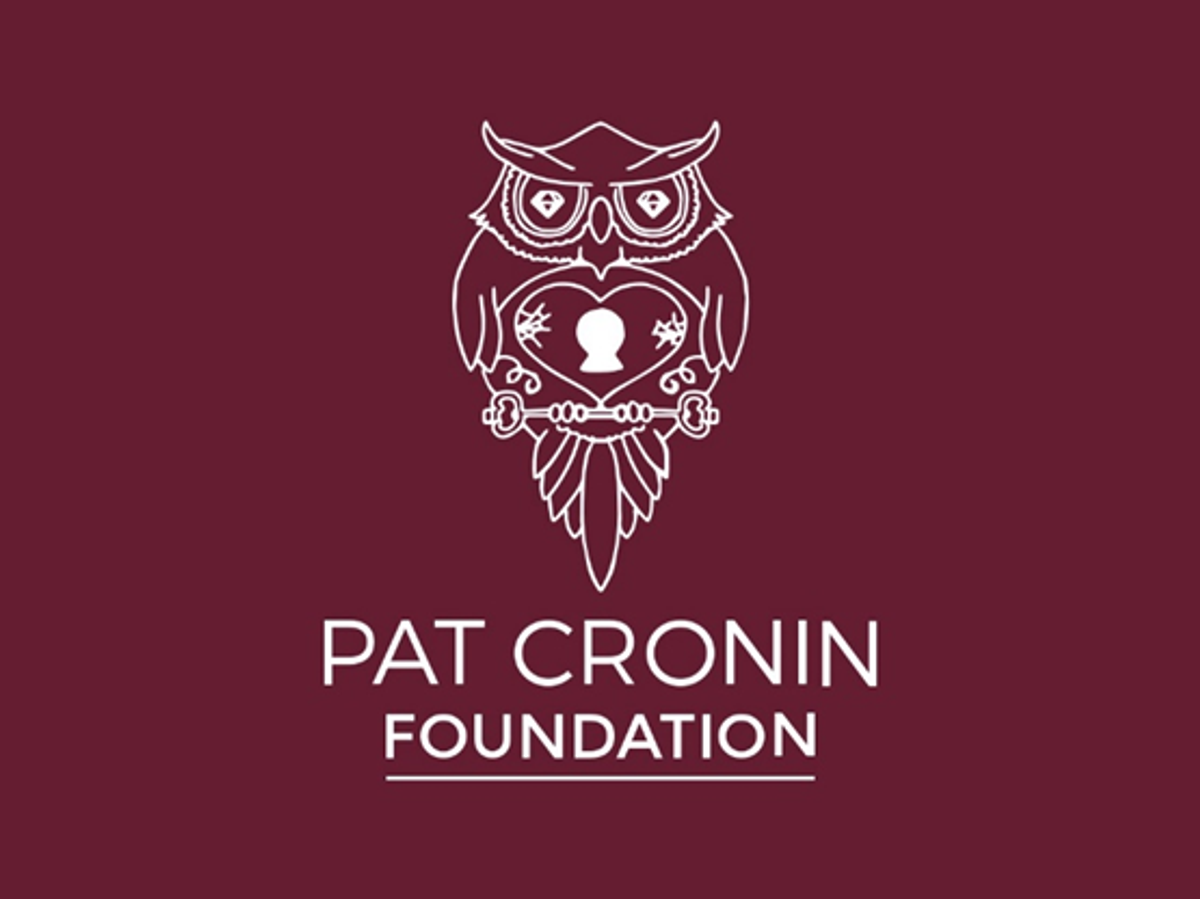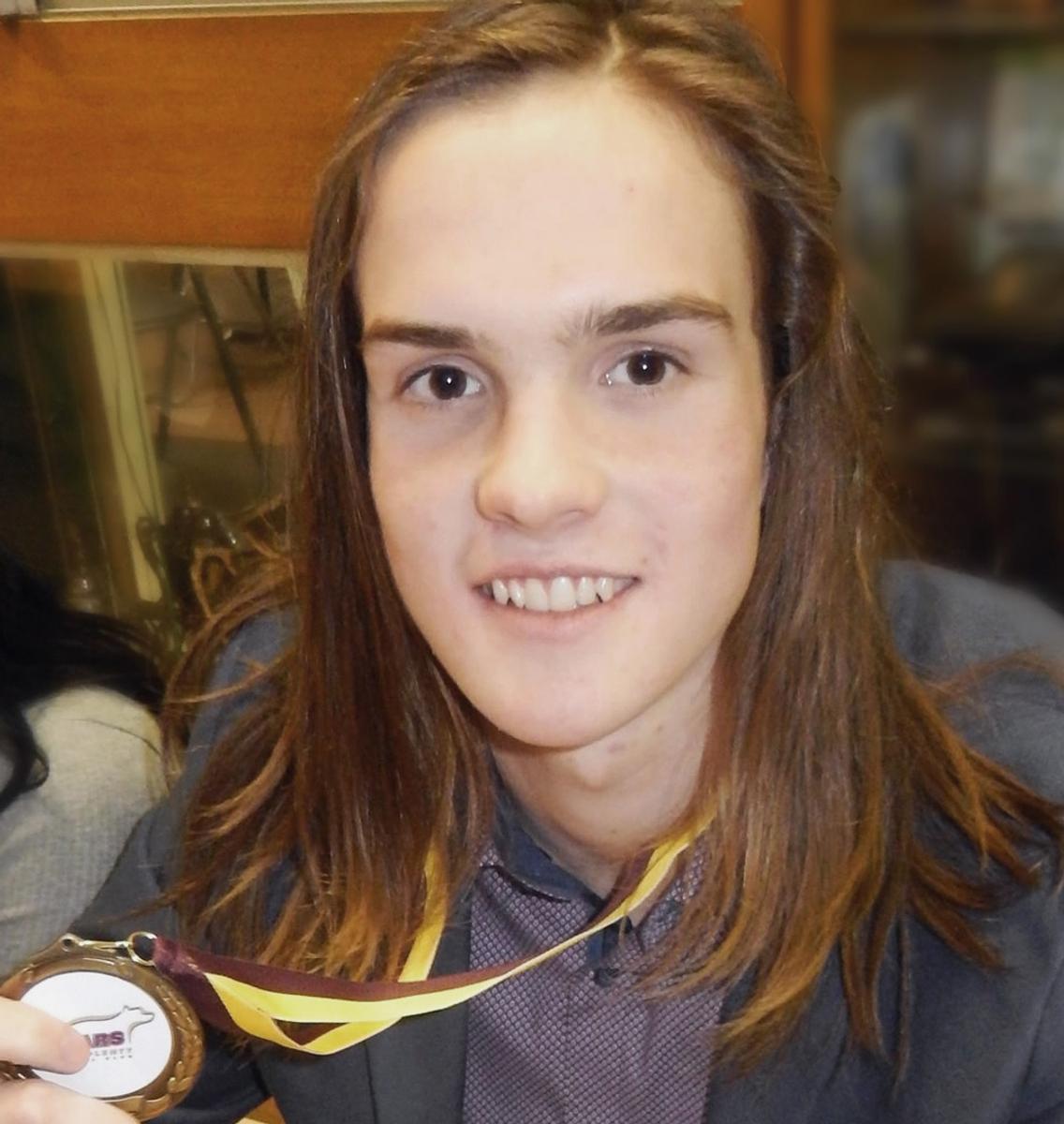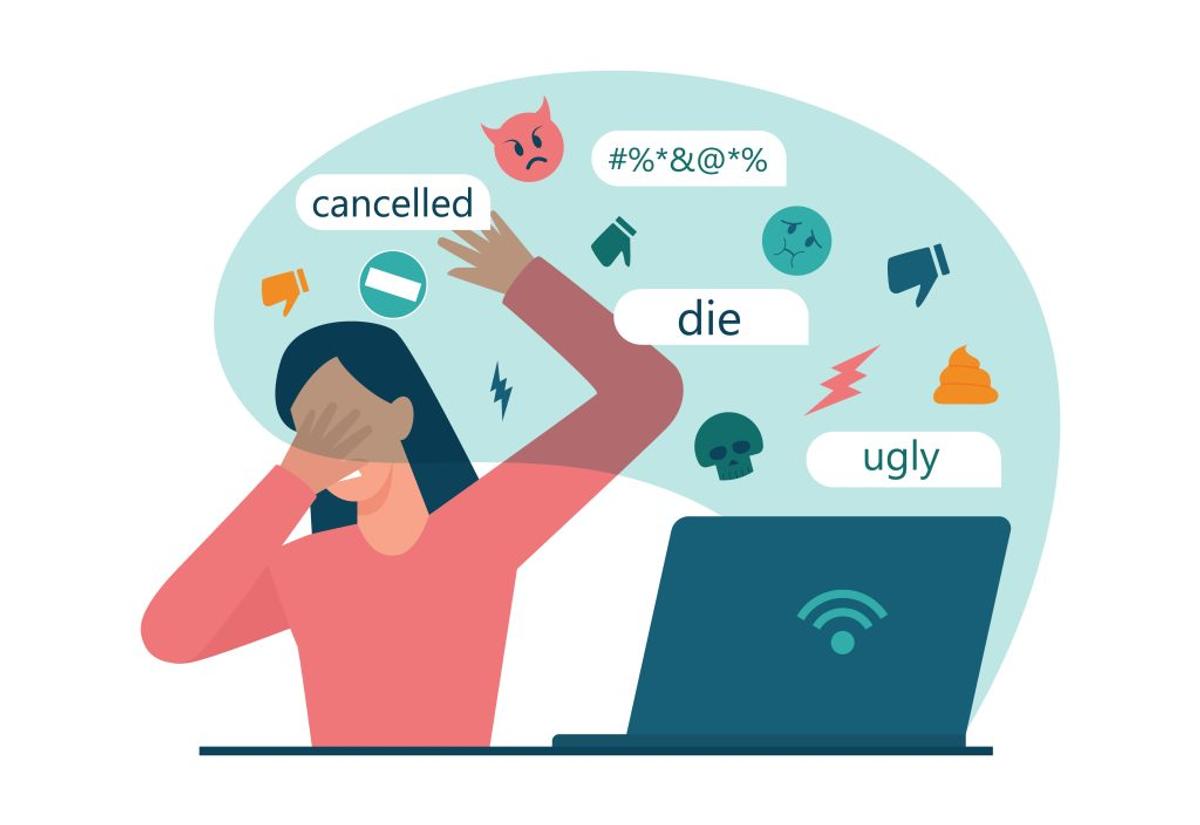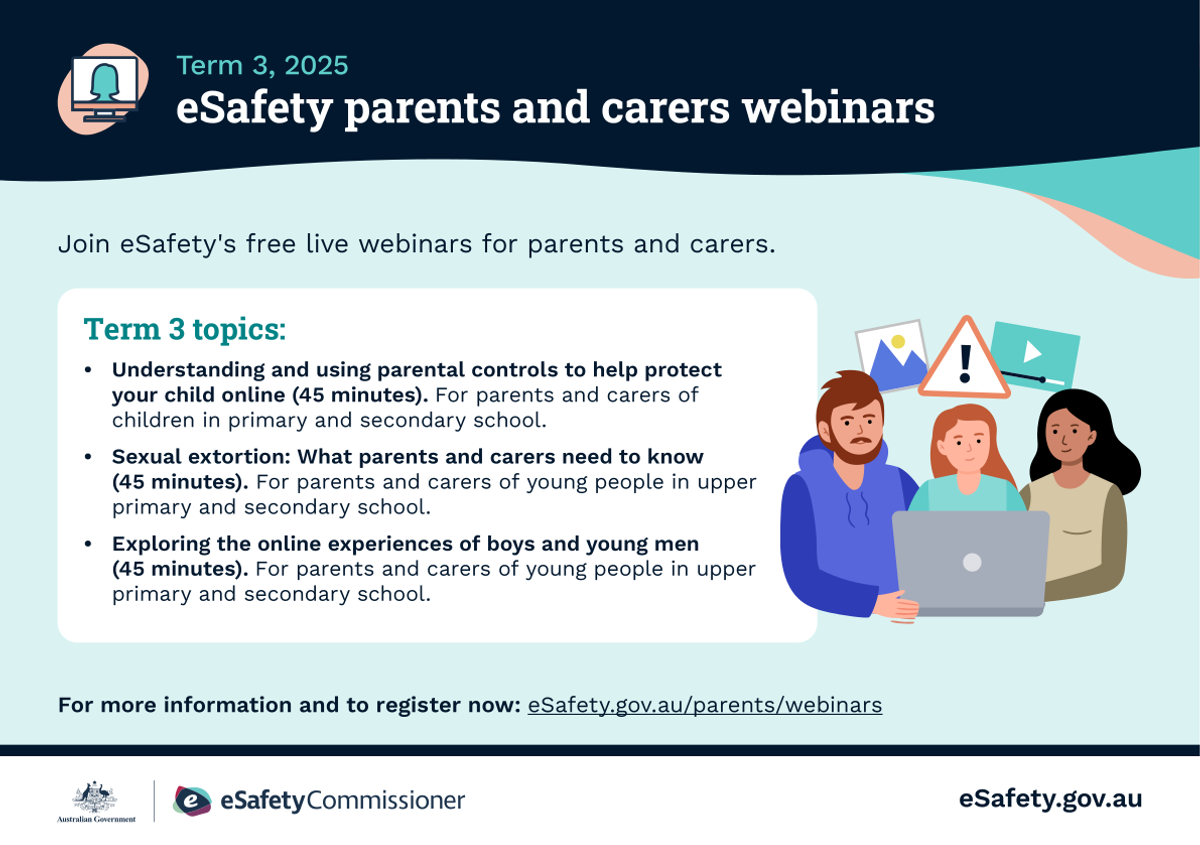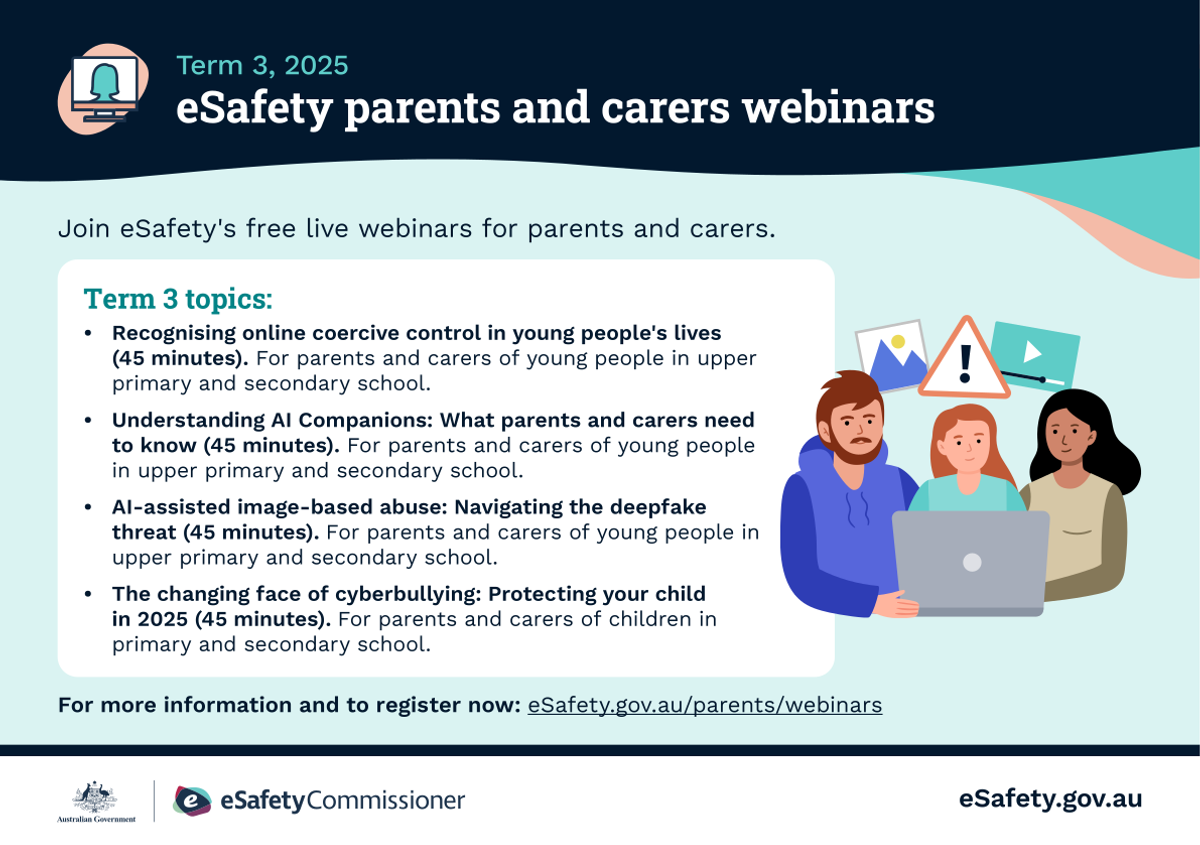Wellbeing
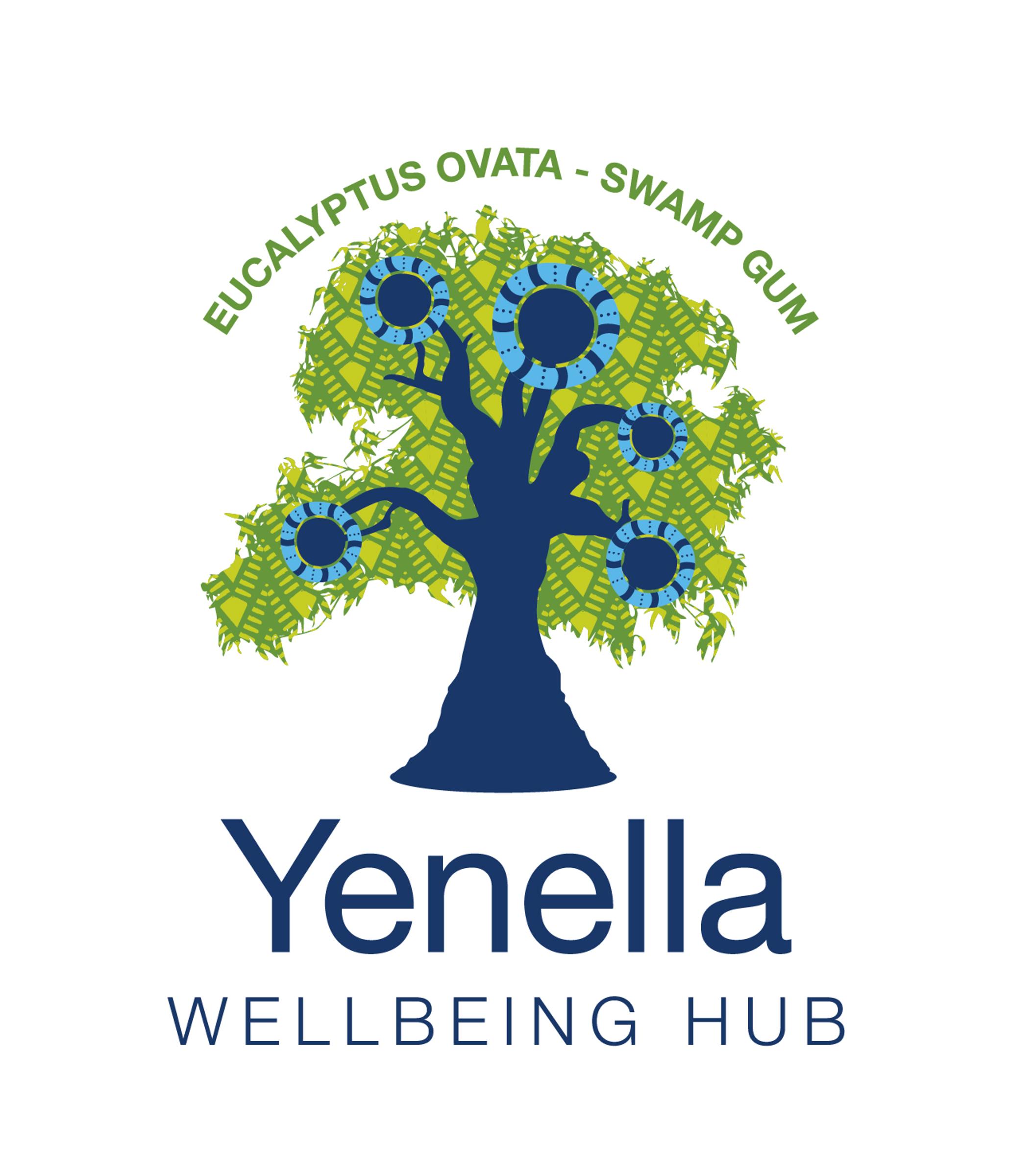
As part of our commitment to student wellbeing and the Bullying No Way: National Week of Action Against Bullying and Violence, presenters from the Pat Cronin Foundation visited the College on Thursday 14th August to deliver the Be Wise Violence Prevention program.
Students heard real and relatable stories about social violence, explored anger and aggression, choices and consequences, and learnt strategies to defuse conflict. They were advised on how to better understand and deal with anger before it becomes aggression, how a single decision can have life-lasting consequences, and discussed and developed an awareness of strategies that suit them and their friends.
Pat Cronin was a 19-year-old who died in 2016 after being punched in the head from behind during a brawl outside a pub. He was described as a quiet, gentle and determined young man who was deeply loved by his family and friends. He was going to the aid of a friend during the fight when he was hit with a ‘Coward Punch’. Two days after the incident, Pat’s parents made the agonising decision to turn off his life support.
The Pat Cronin Foundation was established by Pat’s parents to honour his memory and campaign against violence. Pat's story continues to be a powerful reminder of the devastating impact of violence and the importance of promoting a culture of respect and non-violence.
For more information, visit Pat Cronin Foundation | Let’s end the coward punch
-------------------------------------------------------------------------------------------------------------------------------------
SOCIAL MEDIA BAN FOR UNDER 16s
From 10th December 2025, the Government has legislated that people under the age of 16 will not be able to sign up for social media accounts. To do so will be against the law.
Why is the social media ban happening? The Government says the social media ban is needed to protect the mental health and wellbeing of Australian children and teens. They believe the risks of social media, such as cyberbullying, harmful content, and online predators, outweigh the positives.
Who will it affect? All young people under the age of 16 in Australia, regardless of whether they have current access, will be affected.
Which platforms will be included: While no formal assessments have been made, the age restrictions are likely to apply to Facebook, Instagram, Snapchat, TikTok, X (formerly Twitter) and YouTube, among other platforms.
If young people already have an account will they be kicked off? Under the legislation, yes. Even if young people already have accounts, after the ban comes into effect, anyone under 16 will not be allowed on certain social media platforms.
What if parental/guardian consent is given? This won't make a difference. Parents (or other guardians) won't be able to give their consent for their young people to access social media before they are 16 years of age.
How will the ban be enforced? The Government has said that they want the responsibility to be placed upon the platforms and their companies to enforce the age restriction, rather than upon young people and their families. While the Government hasn’t dictated exactly how platforms have to comply, at a minimum they will be required to implement some form of age assurance. The eSafety Commissioner is currently testing different tools to figure out the best way to do this. That might include things like ID checks or technology that estimates a young person’s age, but no single method has been locked in yet.
For more information visit: Social media age restrictions | eSafety Commissioner
-------------------------------------------------------------------------------------------------------------------------------------
HELP YOUR CHILD NAVIGATE CYBERBULLYING
This week is Bullying No Way: National Week of Action (11-15 August) - an Australia-wide bullying prevention initiative for schools. Parents and carers also have an important role to play in preventing and addressing bullying. If you’re concerned your child may be experiencing bullying online, here are seven ways to support them:
- Reassure them that you're here for them and that you won't take away their devices.
- Listen without judgement when they open up.
- Collect evidence of the bullying, like screenshots and URLs.
- Help them report it to the platform or social media site. Read The eSafety Guide for advice on how to do this on specific platforms.
- No response? Report it to eSafety.gov.au/report.
- Update their privacy settings across devices and accounts.
- Encourage and help them to reach out for support.
- Cyberbullying guide for parents and carers
Parents and Carers Webinars
Below is information about online courses for parents/carers.
-------------------------------------------------------------------------------------------------------------------------------------
PANIC ATTACKS
What is a panic attack?
A panic attack is a brief episode of intense anxiety, which causes the physical sensations of fear. These can include a racing heartbeat, shortness of breath, dizziness, trembling and muscle tension. Panic attacks occur frequently and unexpectedly and are often not related to any external threat. A panic attack can last from a few minutes to half an hour. However, the physical and emotional effects of the attack may last for a few hours. Panic attacks are common with up to 35 per cent of the population experiencing a panic attack at some time in their lives. A panic attack can also be called an anxiety attack. Without treatment, frequent and prolonged panic attacks can be severely disabling. The person may choose to avoid a wide range of situations (such as leaving their home or being alone) for fear of experiencing an attack. Symptoms of a panic attack can include:
- heightened vigilance for danger and physical symptoms
- anxious and irrational thinking
- a strong feeling of dread, danger or foreboding
- fear of going mad, losing control, or dying
- feeling lightheaded and dizzy
- tingling and chills, particularly in the arms and hands
- trembling or shaking, sweating
- hot flushes
- accelerated heart rate
- a feeling of constriction in the chest
- breathing difficulties, including shortness of breath
- nausea or abdominal distress
- tense muscles
- dry mouth
- feelings of unreality and detachment from the environment.
The ‘flight-or-fight’ response
When the body is faced with immediate danger, the brain orders the autonomic nervous system to activate the ‘flight-or-fight’ response. The body is flooded with a range of chemicals, including adrenaline, that trigger physiological changes. For example, heart rate and breathing are accelerated, and blood is shifted to the muscles to prepare for physical combat or running away. A panic attack is said to occur when the ‘flight-or-fight’ response is triggered but there is no danger about to happen. A person may experience the symptoms of a panic attack in harmless and apparently stress-free situations, such as watching television or while asleep. Some of the factors that can prime the body to inappropriately activate the ‘flight-or-fight’ response include:
- Chronic (ongoing) stress – this causes the body to produce higher than usual levels of stress chemicals such as adrenaline.
- Acute stress (such as experiencing a traumatic event) – can suddenly flood the body with large amounts of stress chemicals.
- Habitual hyperventilation – disturbs the balance of blood gases because there is not enough carbon dioxide in the blood.
- Intense physical exercise – for some people, this may cause extreme reactions.
- Excessive caffeine intake – the caffeine in coffee, tea and other beverages is a strong stimulant.
- Illness – may cause physical changes.
- A sudden change of environment – such as walking into an overcrowded, hot or stuffy environment.
Self-help suggestions
Suggestions on how to cope with a panic attack include:
- Avoid ‘self-talk’ that focuses your attention on your symptoms – don’t tell yourself ‘Stop panicking!’ or ‘Relax!’
- Remind yourself that the symptoms of a panic attack are uncomfortable, but not life threatening. Reassure yourself that you’ve felt these feelings before and nothing bad happened to you.
- Focus your attention on something outside your own body and symptoms. For example, distract yourself by counting backwards in threes from 100, recall the words from a favourite song or concentrate on the sights and sounds around you.
- Fleeing from the situation will only reinforce the perception that your panic attacks are unbearable. If you sit and allow the symptoms to pass, you gain confidence in your ability to cope.
Medical treatment options
If the physical anxiety symptoms are caused by physical illnesses, such as diabetes or hyperthyroidism, proper treatment for these illnesses should stop the panic-like symptoms from recurring. If the panic attacks are due to anxiety, treatment options can include:
- medications
- psychotherapy, including cognitive behaviour therapy
- biofeedback therapy
- stress management techniques
- proper breathing techniques
- relaxation techniques
- learning problem-solving skills
- lifestyle adjustments, such as attention to diet, exercise and sleep.
Where to get help
- Your GP (doctor)
- Psychologist
- Your local community health centre
- Anxiety Recovery Centre Victoria – OCD and Anxiety Helpline Tel. (03) 9830 0533 or 1300 ANXIETY (269 438)
- Mental Health Foundation Australia
Article Credit # Panic attack | Better Health Channel
-------------------------------------------------------------------------------------------------------------------------------------

